International Journal of Pharmaceutical Sciences and Developmental Research
Scientific Justification of the Selection of the Optimum Composition of the Phytocomposition Included in Phytosomal Gel for the Treatment of Cuperosis
Sevil Mehralıyeva1*, Tunzala Eyvazova1, Nigar İsmayılova1 and Tukazban Quliyeva2
2Akademik Mirgasimov Republican Clinical Hospital, Azerbaijan, Baku, Azerbaijan
Cite this as
Mehralıyeva S, Eyvazova T, İsmayılova N, Quliyeva T. Scientific Justification of the Selection of the Optimum Composition of the Phytocomposition Included in Phytosomal Gel for the Treatment of Cuperosis. Int J Pharm Sci Dev Res. 2024;10(1):030-034. DOI: 10.17352/ijpsdr.000054Copyright License
© 2024 Mehralıyeva S, et al. This is an open-access article distributed under the terms of the Creative Commons Attribution License, which permits unrestricted use, distribution, and reproduction in any medium, provided the original author and source are credited.Purpose: The research work aims to carry out the acquisition of phytoextracts from green tea leaves, hop cones, and horse chestnut seeds with the participation of various extraction methods for the future preparation of phytosomal gel in the treatment of couperosis, to study their technological and physico-chemical properties.
Methods: In the scientific research laboratory of the Department of Pharmaceutical Technology of the Azerbaijan Medical University, a phytocomposition was developed in 5 variants from green tea leaves, hop cones, and horse chestnut seeds in different proportions. Phytoextract was obtained from compositions prepared by maceration and high-speed extraction methods. 70% ethyl alcohol was used as an extractant in the research work. The extraction process was performed twice for each composition.
Results: Researches were performed with a high-speed extraction method (High-Speed Dispersator- STEGLER DG-360, 26-28 °C, 50Hs, 2800-28000 cycles/min). The extraction time was 7 minutes in the 1st stage, 3 minutes in the 2nd stage, temperature 26 °C, frequency 50 Hz, power 360 W, 3300 cycles/min. Extracts were also obtained by the maceration method in a cone-shaped glass macerator for 3 days. Physico-chemical properties of extracts (organoleptic properties, dry residue, density, pH, amount of heavy metals) were studied. According to the results of the research, the amount of extractive substances obtained in the Stegler DG 360 model device - a high-speed homogenizer was higher. During the comparative studies conducted with phytocompositions, compositions No. 3 and 5 showed more different results according to the relevant criteria.
Introduction
One of the priority issues of pharmaceutical technology is the creation of new drug delivery systems based on natural raw materials for the elimination of dermatological problems. Several important scientific research works are being carried out in this direction [1-3].
Among dermatological diseases, couperose has a special place. It is known that couperosis occurs due to a decrease in capillary elasticity in the upper layer of the skin [2]. First, redness, visible small capillaries, and irritation are observed on the skin. First, dilated small veins appear on the wings of the nose and cheeks. In the next stage, the number and size of these blood vessels increase and take the form of a spider web. In addition, this problem is found in the chin and forehead areas. Due to the low elasticity of the facial capillaries, a loss of the ability to expand and contract the vessel walls is observed during changes in the microcirculation. The color of these veins can be red, purple and even blue. The parameters of couperose depend on the type of human skin, age, external and internal temperature or sharp changes. Couperosis is most often observed in people with sensitive and thin skin and is more likely to be hereditary. It has been found that women are more common than men. Exposure to extremely cold, hot, and windy weather, smoking, stress, alcohol, sudden and highly different temperature changes, and hormonal changes play the role of risk factors for couperosis [4,5].
For the treatment of rosacea, drug therapy primarily involves strengthening the vascular wall and improving blood circulation. Most often, the doctor prescribes local therapy in the form of ointments, gels containing radioprotective (protecting blood vessels) substances - scouting, ascorbic acid, vitamins P, E, K. Cosmetic procedures include mesotherapy, laser therapy, electrocoagulation, ozone therapy, photo sclerotherapy (Figure 1) [5].
At the moment, taking into account their great advantage over phytopreparations, we have planned to use plant extracts in our work. Much research has been done and developed to address the low uptake of herbal products. However, it was found that phytosomes occupy one of the important places among them [6]. A phytochrome is a non-polar or polar, vesicle-forming, single- or bi-layered phospholipid layer-coated nanoparticle (Figure 2). The phospholipid layer here can improve solubility through hydrogen bonding. Therefore, currently, phytosome is used in the form of modification with substances of natural origin that we want to increase its effectiveness [7].
It has been determined that this formula improves the absorption, solubility, bioavailability, and stability of active ingredients [7,8]. Phytosome drug delivery systems can be an important component for improving physicochemical properties and increasing efficiency. Phytosomes protect the extract components from the effects of intestinal bacteria and digestive secretions and ensure their better absorption, which continues to outperform plant extracts with better bioavailability and improved pharmacodynamics and pharmacokinetics [8,9].
Phytosome is also known as a delivery system composed of phospholipids and plant extracts that act as a link between traditional and novel delivery systems. This drug delivery system is designed to deliver the drug according to the body's desire and purposefully during the therapy phase. This technology is a new model in terms of bioavailability, safety, targeted delivery, and high therapeutic effect [10].
Phosphotidylcholine, the main part of the cell membrane, acts as a carrier and nourishes the skin as it is used in the production of phytosomes. The interaction of bioactive substances with phospholipids contributes to the easy penetration and release of substances from the skin. Phytosomes are effective in various fields of medicine, as well as in cosmetology (Figure 3). Because they increase the rate of penetration during systemic delivery of substances through the skin [7,11-13 ].
Phytosomes are used in solutions, lotions, emulsions, gels, creams, etc. in fields such as cosmetology, food products, and pharmaceuticals. was prominent in the production of products. Phytosome technology has so far been used with many plant extracts - ginkgo biloba, ginseng, saffron, grape seed, green tea, galangal, rutin, quercetin, barberry, etc [2,10,12].
Many advantages of phytosomes are known. Some of them can be mentioned: It has the property of improving the penetration and penetration of the drug during transdermal or transdermal delivery [9,14].
Phosphotidylcholine, which is an important component of the cell membrane, improves the transport of the drug and also nourishes the skin. It is economical because of its simple production [15].
It is effective at lower doses because better absorption occurs [16].
Due to its high bioabsorption, its therapeutic effect is high in significant doses. Phosphotidylcholine, which is a phytosome component, has a liver protective function as well as a carrier function, so it has a synergistic effect with hepatoprotection. Phytosomes are useful in more effective delivery of phytocomponents and additional synergistic effects when used as a cosmetic to protect the skin from endogenous and exogenous threats, etc [13,17].
Despite the development of various drugs and cosmetic means for the treatment of couperose, this issue remains a problem.
Taking into account the current priority issue, we aimed to prepare phytoextract with local medicinal plant raw materials as a hydrophilic base in phytosome acquisition.
Materials and methods
Green tea leaves, hop cones, and horse chestnut seeds were used as research material (Figure 4).
Green tea (Green tea L.). Green tea, which contains 30% flavonols and flavanols, is considered very beneficial for health. Including green tea, it has anti-inflammatory, antioxidant, antibacterial, neuroprotective, antiviral, cholesterol-lowering, and immunomodulatory effects. It has been determined that these effects are mainly related to the catechin (epigallocatechin-3-gallate (EGCG)) in the leaves [18].
In addition, local application of green tea extract can help with skin leishmaniasis, candidiasis, rosacea, and atopic dermatitis, and is effective in problems [19].
Common hops (Humulus lupulus L.). Hops, rich in polyphenols, hydrocarbons, α-acids, and β-acids, have antioxidant, antimicrobial, and anti-inflammatory effects [3,20,21].
Horse chestnut extracts (Aesculus hippocastanum L.) have many positive pharmacological effects on the skin. Horse chestnut seeds are rich in escin saponins, which have a powerful anti-inflammatory effect. These saponins reduce capillary fragility. When horse chestnut extract was tested, it was found to have the highest active oxygen absorption property among 65 plants. It is a strong antioxidant and has an anti-aging effect. It is also rich in flavonoids such as quercetin and kaempferol derivatives. These flavonoids have a protective effect on blood vessels and are powerful antioxidants [22].
Discussion of results
Above, 5 phytocompositions have been prepared using scientifically based plants. Thus, using the high-speed extraction method in the Stegler DG 360 model device (extraction time 7 minutes in the 1st stage, 3 minutes in the 2nd stage, temperature 26 °C, frequency 50 Hz, power of 360 W, 3300 cycles/min) and maceration method Extracts were obtained in a cone-shaped glass macerator for 3 days (Figures 5-9).
According to the available pharmacopeia [23], some physicochemical properties of the extracts (organoleptic properties, dry residue, density, pH, and amount of heavy metals) were studied (Table 1).
As can be seen from the table, according to the results of the study, the amount of extractive substances obtained by the high-speed extraction method was higher. At the same time, there is a loss of time during the preparation of photocomposition by the maceration method, which has a negative effect on the production process from an economic point of view. Taking into account the above, it was considered necessary to continue further research using the high-speed extraction method.
The amount of macro- and microelements in the studied extract was analyzed in an analytical autoclave-SIENO MBES-86 microwave oven (Tables 2,3).
In Table 2, important macroelements such as Mn and Fe, and in Table 3, Zn, and Cu, which are important microelements for facial skin, were again abundant in the 3rd and 5th compositions. As, Hg, and Pb, which are considered toxic elements, are a minority in the 3rd and 5th compositions. The mentioned once again considers it necessary to choose phytocompositions 3 and 5 as research objects.
Conclusion
For the treatment and prevention of couperosis, 5 variants of the composition have been developed based on green tea, hops, and horse chestnut plants that spread in the climate of Azerbaijan. Modern and traditional methods have been applied to obtain a phytoextract rich in biologically active substances in various variants. It was determined that the amount of constituents obtained by the high-speed extraction method was higher than by the maceration method. Macro- and micronutrient analysis of phytoextracts was also carried out to select the optimal composition. Composition-3 and Composition-5 had satisfactory results. These compounds will likely be used as a hydrophilic core in the development of phytosome extraction technology against couperosis.
- Sevil Mehraliyevaw. Development of composition of “Glysotrical” gel and evaluation of quality criteria. Biomed J Sci Tech Res. 2024;57(4):49533-49560. Available from: https://biomedres.us/pdfs/BJSTR.MS.ID.009044.pdf
- Sevil Mehraliyeva Jabrail, Gasimov EK, Rzayev FH, Yusubova S. Development and assessment of quality criteria of routine phytosomes in the treatment of periodontitis. Am J Biomed Sci Res. 2024;22:2978. Available from: http://dx.doi.org/10.34297/AJBSR.2024.22.002978
- Tagiev S, Mehralieva S, Gulieva E. Development of technology for producing anti-aging cream and study of some quality indicators. Scientific meeting "InterConf": Scientific community: interdisciplinary research; 2022 Jan 26-28. Available from: https://ojs.ukrlogos.in.ua/index.php/interconf/article/view/18254.
- Paiva-Santos AC, Gonçalves T, Peixoto D, Pires PC, Velsankar K, Jha NK, et al. Rosacea topical treatment and care: From traditional to new drug delivery systems. Mol Pharmaceutics. 2023;20(8): 3804–3828. Available from: https://pubs.acs.org/doi/full/10.1021/acs.molpharmaceut.3c00324.
- Couperose. Available from: https://www.invitro.ru/library/simptomy/26997/
- El-Menshawe SF, Ali AA, Rabeh MA, Khalil NM. Nanosized soy phytosome-based thermogel as topical anti-obesity formulation: an approach for the acceptable level of evidence of an effective novel herbal weight loss product. Int J Nanomedicine. 2018;13:308. Available from: https://doi.org/10.2147/ijn.s153429
- Susilawati Y, Çaerunisa A, Purwaningsih H. Phytosome drug delivery system for natural cosmeceutical compounds: Whitening agent and skin antioxidant agent. J Adv Pharm Technol Res. 2021;12:327-334. Available from: https://doi.org/10.4103/japtr.japtr_100_20
- Chen RP, Chavda VP, Patel AB, Chen ZS. Phytochemical delivery through transferosome (phytosome): An advanced transdermal drug delivery for complementary medicines. Front Pharmacol. 2022;13:850862. Available from: https://doi.org/10.3389/fphar.2022.850862
- Pawar HA, Bhangale BD. Phytosome as a novel biomedicine: A microencapsulated drug delivery system. J Bioanal Biomed. 2015;7:6-8. Available from: https://hal.science/hal-04021033/
- Nimbalkar CK, Hatware K. Phytosomes-novel drug delivery system. Indian J Drugs. 2017;5(1):16-36. Available from: https://web.archive.org/web/20180409212553id_/http://drugresearch.in/pdf/Jan2017/IJOD-3-chetan.pdf
- Mazumder A, Dwivedi A, Fox LT, Brümmer A, du Preez JL, Gerber M, du Plessis J. In vitro skin permeation of sinigrin from its phytosome complex. J Pharm Pharmacol. 2016;68:1577-1583. Available from: https://doi.org/10.1111/jphp.12594
- Alharbi WS, Almughem FA, Almehmady AM, Jarallah SJ, Alsharif WK, Alzahrani NM, Alshehri AA. Phytosomes as an emerging nanotechnology platform for the topical delivery of bioactive phytochemicals. Pharmaceutics. 2021;13(9):1475. Available from: https://doi.org/10.3390/pharmaceutics13091475
- Dodle T, Mohanty D, Tripathy B, Panigrahy AB, Sirikonda S, Kumar LA. A critical review on phytosomes: Advancement and research on emerging nanotechnological tools. Journal Name. 2023;19(5):e200922208966. Available from: http://dx.doi.org/10.2174/1573407218666220920094352
- Sasongko RE, Surini S, Saputri FC. Formulation and characterization of bitter melon extract (Momordica charantia) loaded phytosomes. Pharmacogn J. 2019;11(6):1235-1241. Available from: http://dx.doi.org/10.5530/pj.2019.11.192
- Pawar HA, Bhangale BD. Phytosome as a novel biomedicine: A microencapsulated drug delivery system. J Bioanal Biomed. 2015;7:1. Available from: https://hal.science/hal-04021033/
- Sriya KC, Sai D, Sankar PR. Phytosomes: A novel approach for herbal phytochemicals for enhancing the bioavailability. Int J Pharm Sci Rev Res. 2020;60(2):21-26. Available from: https://globalresearchonline.net/journalcontents/v60-2/04.pdf
- Bhise JJ, Bhusnure OG, Jagtap SR, Gholve SB, Wale RR. Phytosomes: A novel drug delivery for herbal extracts. J Drug Deliv Ther. 2019;9(3-s):924-930. Available from: https://jddtonline.info/index.php/jddt/article/view/2863
- Chacko SM, Thambi PT, Kuttan R, Nishigaki I. Beneficial effects of green tea: A literature review. Chinese Med. 2010;5:13. Available from: https://link.springer.com/article/10.1186/1749-8546-5-13
- Pazyar N, Feily A, Kazerouni A. Green tea in dermatology. Skinmed. 2012 Nov;10(6):352-355. Available from: https://europepmc.org/article/med/23346663
- Valente JV, Palmeira-de-Oliveira R, Guiomar L, Vaz CV, Rolo J, Gaspar C, et al. Humulus lupulus aqueous extract and hydrolase as a potential ingredient for cosmetics: chemical characterization and in vitro antimicrobial, cytotoxicity, antioxidant and anti-inflammatory assessment. Fitoterapia. 2024;175:105861. Available from: https://doi.org/10.1016/j.fitote.2024.105861
- Taghiyev AS, Mehraliyeva SJ, Balayeva EZ. Development and validation of the method for quantitative analysis of phytoestrogens in the extract from hop (Humulus lupulus L.) which is distributed in Azerbaijan. Azerbaijan Pharm Pharmacol J. 2023;23(2):29-37. Available from: https://www.azpharmjournal.org/en/jurnal/mayasarmasigi-humulus-lupulus
- Wilkinson JA, Brown AMG. Horse chestnut – Aesculus hippocastanum: Potential applications in cosmetic skincare products. Int J Cosmet Sci. 2001; 21:437-447. Available from: https://doi.org/10.1046/j.1467-2494.1999.234192.x
- https://pharmacopoeia.regmed.ru/pharmacopoeia/izdanie-13/1/1-4/1-4-1/1-4-1-21/ekstrakty/State Pharmacopoeia of the Russian Federation XIII edition

Article Alerts
Subscribe to our articles alerts and stay tuned.
 This work is licensed under a Creative Commons Attribution 4.0 International License.
This work is licensed under a Creative Commons Attribution 4.0 International License.
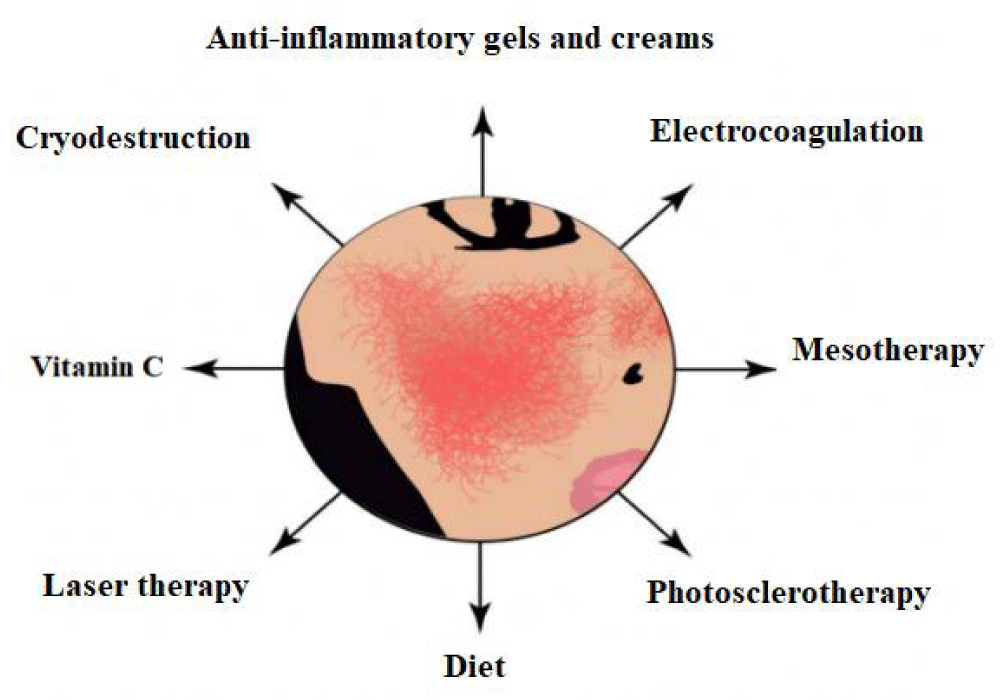
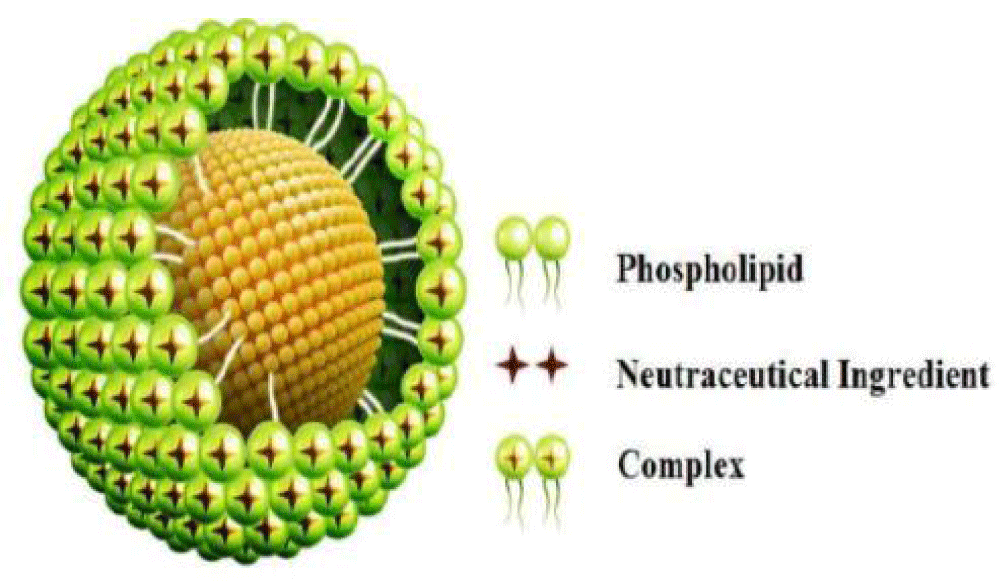
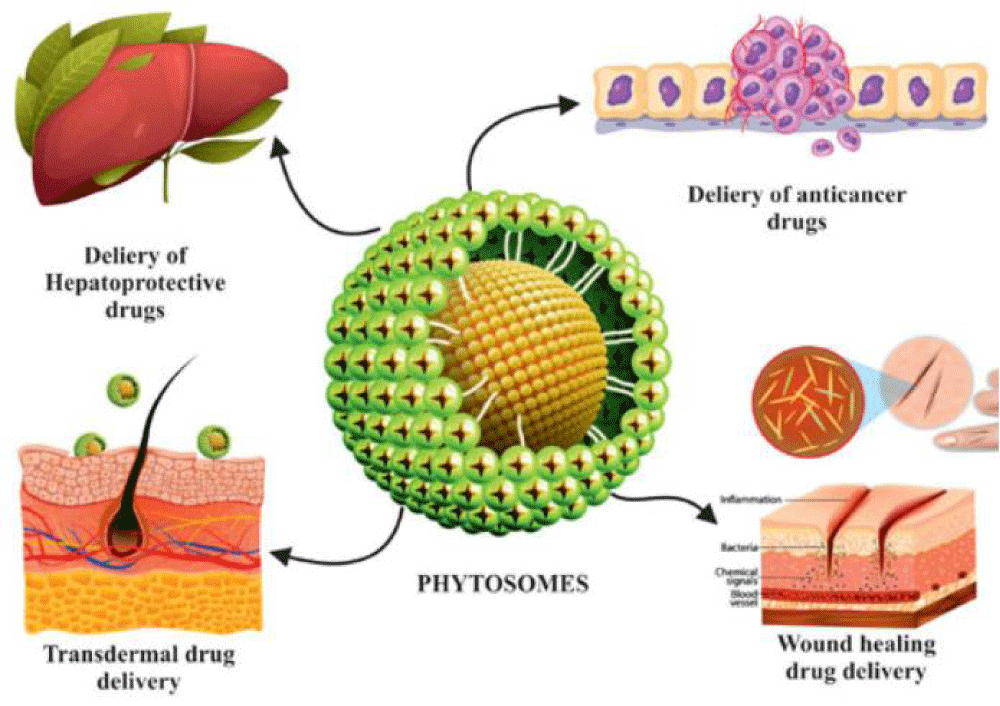




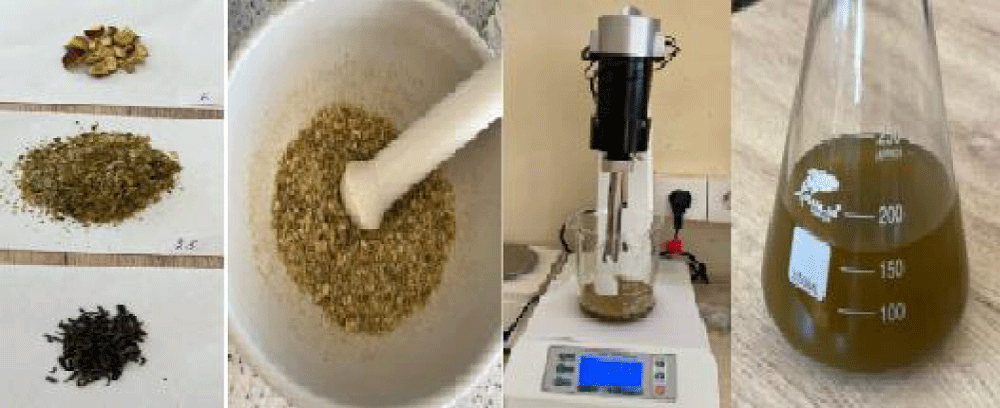
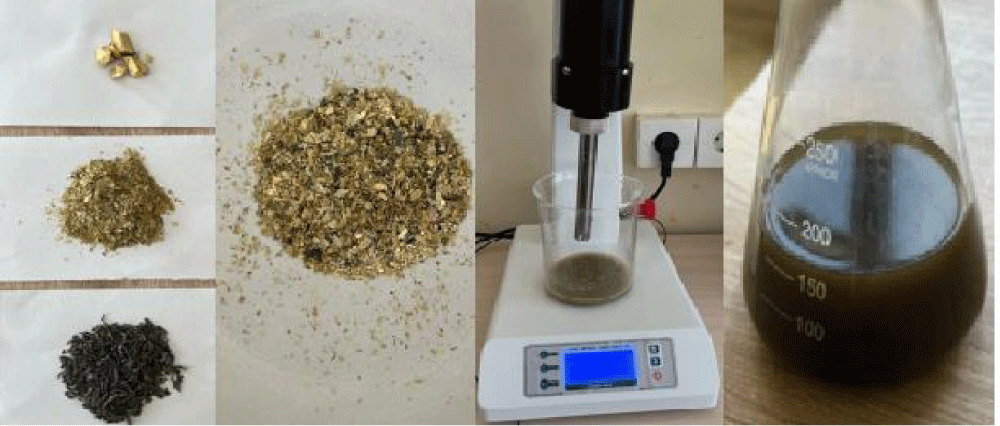

 Save to Mendeley
Save to Mendeley
